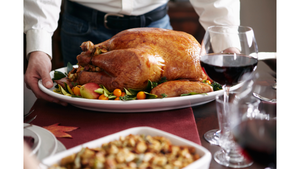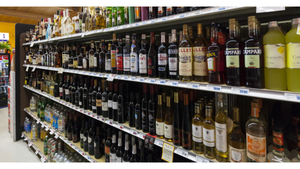GOVERNMENT RELEASES NEW 2001 FOOD CODE
WASHINGTON -- The nation's food retailers -- including supermarket operators -- will start the new year with a revised 2001 Food Code, which was finally approved by the Food and Drug Administration, in cooperation with the Conference for Food Protection.The government's food-safety blueprint includes changes and clarifications regarding fresh juices, the storing and merchandising of eggs, roast beef
December 17, 2001
ROBERT VOSBURGH
WASHINGTON -- The nation's food retailers -- including supermarket operators -- will start the new year with a revised 2001 Food Code, which was finally approved by the Food and Drug Administration, in cooperation with the Conference for Food Protection.
The government's food-safety blueprint includes changes and clarifications regarding fresh juices, the storing and merchandising of eggs, roast beef cooking procedures, hand-washing practices, and the shelf life of ready-to-eat foods, among others [see "Updated Food Code Close to Completion, SN, Dec. 3, 2001].
For example, not only has the definition of juice been redefined, there is also new information on juice treated to control pathogens and juice provided to those who are particularly vulnerable to foodborne illness. The code also incorporates the new regulations pertaining to the merchandising of eggs at store level, as well as the required on-pack labels warning against salmonella poisoning. Those rules were originally issued separately as part of the Code of Federal Regulations, earlier this year. Elsewhere, the paper revises the definition of "highly susceptible populations," as well as "shiga toxin-producing E. coli."
The document underwent several revisions in a process that delayed its release.
About the Author
You May Also Like




